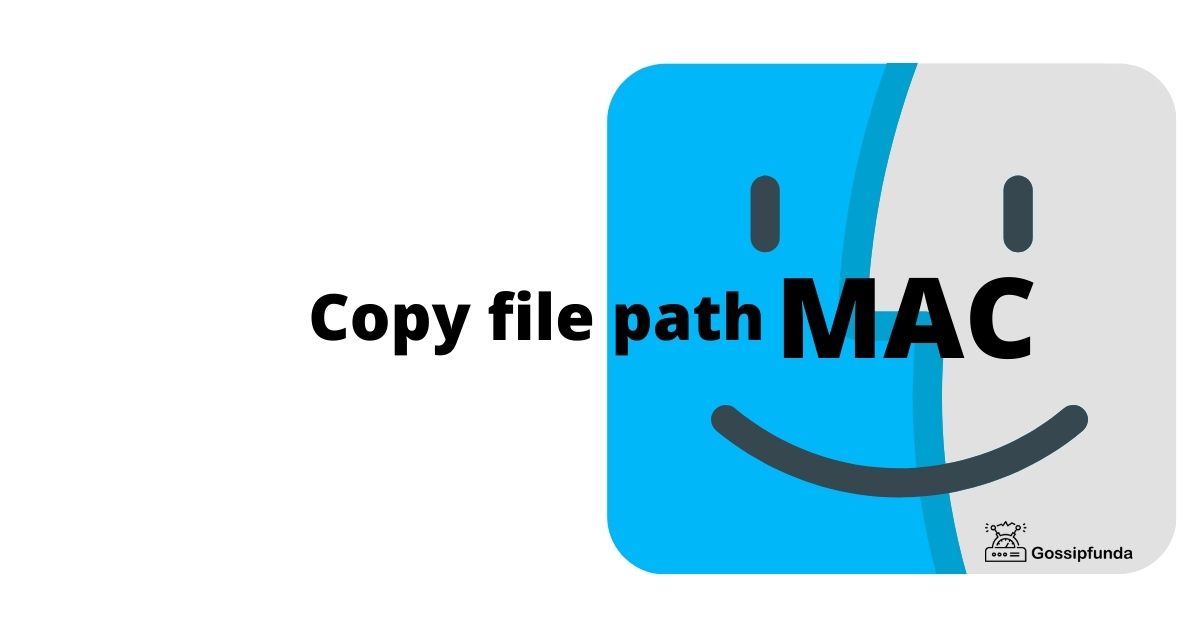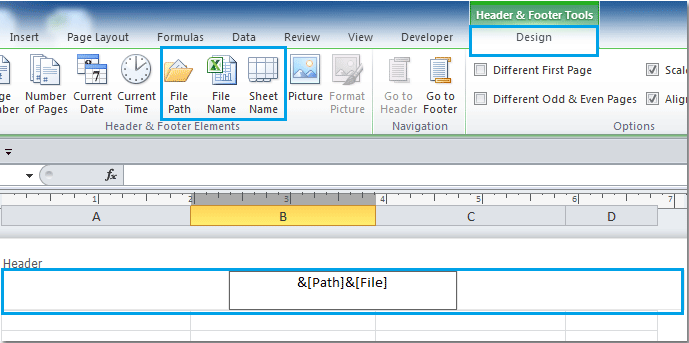At the command line, environmental variables are outlined for the present shell and finish up inherited by any operating command or process. Since macOS makes use of zsh because the default shell on Catalina versions, you only must edit both the .zshrc or .zsh_profile file and add the trail of your program or script. Follow the steps earlier within the submit to know the steps and the alternative techniques to do this. Usually, the installer program, whether or not it's dnf on Fedora, apt on Ubuntu, brew on Mac, or a customized installer, updates your atmosphere variables for a brand new application. Sometimes, though, when you're putting in one factor exterior of your distribution's meant toolset, you might must administer an atmosphere variable yourself.
Or you would possibly decide to add an atmosphere variable to fit your preferences. Setting the PATH on Mac completely means your PATH atmosphere variable ameliorations aren't constrained to your present shell session, in contrast to the non permanent variable settings. So your system's shell can proceed to entry it even whenever you begin a brand new session or restart your Mac.
To completely set PATH on Mac, all it's a must to do is open both bash recordsdata (.zshrc or .zsh_profile) or zsh recordsdata (.zshrc or .zsh_profile) and add your program or script's PATH to it. Steps for doing that are listed within the guideline above. Since they don't seem to be saved within the environment, they don't seem to be listed by SET and don't exist for exterior packages to retrieve.
If a real atmosphere variable of the identical identify is defined, it takes priority over the corresponding variable till the atmosphere variable is deleted again. While just about all such variables are prefixed with an underscore ("_") by 4DOS etc. by conference (f.e. %_SECOND%), they don't seem to be underneath DR-DOS COMMAND.COM (f.e. %OS_VERSION%). You can set your personal persistent atmosphere variables in your shell configuration file, some of the most typical of which is ~/.bashrc. If you're a system administrator managing a number of users, you may as well set atmosphere variables in a script positioned within the /etc/profile.d directory.
The means of setting surroundings variables within the Terminal will probably be acquainted to these with expertise with Linux or UNIX. It includes modifying data in /etc for international surroundings variables, and in your house listing for consumer precise surroundings variables. If you make a change to your environment.plist file then OS X residence windows applications, which include the Terminal app, could have these surroundings variables set. Any surroundings variable you set in your .bash_profile will solely influence your bash shells. If you modified your shell otherwise you aren't certain what shell you're using, possible all the time test by issuing the echo $SHELL command, which can show which shell is in use. Generally I solely set variables in my .bash_profile file and do not change the .plist file .
Most OS X windowed purposes do not want any customized environment. Only when an software basically wants a selected atmosphere variable do I change the environment.plist . This is the file the place atmosphere variables are kept. If you could have opened a brand new bash_profile file, it have to be empty. In my case, it was already set for python programming language and Anaconda distribution.
Now, i must add surroundings variable for Java which is simply including the primary line. A ordinary answer to this challenge is to add the command to among the start-up scripts utilized by your shell. On Mac OS, you are competent to create the file, .bash_profile, within the ~/username listing and it'll be run each time you open a brand new terminal window. On Ubuntu, the start-up script run whenever you launch a brand new terminal window is .bashrc.
Other Linux distributions and shell packages have related conventions. Environment variables will be helpful if you must override default settings, or if you wish to administer new settings that your system has no purpose to create on its own. For instance, if you variety a command, the one purpose your personal computer understands the right way to define the appliance akin to that command is that the PATH atmosphere variable tells it the place to look. This variable lists legitimate directories in your working system to seek for commands, regardless of whether that command is ls or cp, or a graphical software like Firefox or Lutris, or something else. %PATH% (supported since DOS 2.0)This variable incorporates a semicolon-delimited record of directories by which the command interpreter will seek for executable files.
Equivalent to the Unix $PATH variable (but some DOS and Windows purposes additionally use the record to seek for statistics documents much like $LD_LIBRARY_PATH on Unix-like systems). It is frequently modified by way of the PATH (or PATH /E underneath MS-DOS 6.0) command, which additionally ensures that the listing names are transformed into uppercase. Long filenames containing areas or different distinguished characters need to not be quoted ("). On Unix, a setuid program is given an atmosphere chosen by its caller, nevertheless it runs with diverse authority from its caller. The dynamic linker will as a rule load code from places specified by the atmosphere variables $LD_LIBRARY_PATH and $LD_PRELOAD and run it with the process's authority. If a setuid program did this, it will be insecure, considering the fact that its caller might get it to run arbitrary code and consequently misuse its authority.
For this reason, libc unsets these surroundings variables at startup in a setuid process. Setuid packages more oftentimes than not unset unknown surroundings variables and verify others or set them to affordable values. In Unix, the surroundings variables are more oftentimes than not initialized for the period of system startup by the system init startup scripts, and consequently inherited by all different processes within the system. Users can, and sometimes do, increase them within the profile script for the command shell they're using. In Microsoft Windows, every surroundings variable's default worth is saved within the Windows registry or set within the AUTOEXEC.BAT file. User surroundings variables solely influence a single user.
They can not be utilized to different customers of the system. If a number of customers might be making use of the identical computer, they'll every must set the surroundings variables of their very personal .bashrc files. So all of the instructions and scripts you write on this file are executed as quickly as you launch the terminal. So should you wish to set paths and different variables that you just want for day-to-day programming or executions, it is often more effective to add them to this file.
While they're often utilized in batch jobs and on the prompt, they don't seem to be saved within the environment. Consequently, they're neither listed by SET nor do they exist for exterior packages to read. %OS_VERSION%This pseudo-variable returns the model of the working system counting on the present setting of the surroundings variable %VER%.
If %VER% seriously isn't defined, %OS_VERSION% returns "off". It resembles an identically named identifier variable in Novell NetWare login scripts, which can return variants additionally for non-DR-DOS variants of DOS. %USERPROFILE%A unique system-wide atmosphere variable discovered on Windows NT and its derivatives.
Its worth is the situation of the present user's profile directory, by which is observed that user's HKCU registry hive . These variables additionally don't have to be explicitly specified as command line arguments. The PATH atmosphere variable is a collection of directories separated by semicolons (;). Microsoft Windows appears for packages within the PATH directories in order, from left to right.
You must have just one bin listing for the JDK within the trail at a time , so if one is already present, you may replace that exact entry. All these coders who're engaged on the Whatever primarily based software and are caught on mac open path variable file can get a set of associated solutions to their query. Programmers must enter their question on mac open path variable file associated to Whatever code and they will get their ambiguities clear immediately. On our webpage, there are tutorials about mac open path variable file for the programmers engaged on Whatever code whilst coding their module. Coders are additionally allowed to rectify already current solutions of mac open path variable file whilst engaged on the Whatever language code.
Developers can add up ideas in the event that they deem suit some different reply regarding "mac open path variable file". Visit this developer's pleasant on-line net community, CodeProZone, and get your queries like mac open path variable file resolved professionally and keep up to date to the newest Whatever updates. After downloading Flutter, you'll want to replace your path so one can run flutter instructions by way of the terminal. In macOS 10.15 or past , you'll want to edit the .zshrc file in preference to the .bashrc or .bash_profile file.
H ow do I add a brand new path to $PATH variable beneath Linux and UNIX like working system? What is my path, and the way do I set or modify it making use of csh/tcsh or bash/ksh/sh shell? It is a colon delimited record of directories that your shell searches making use of once you enter a command.
Displaying existing Environment Variables Just open the Terminal and run the command printenv as proven below. This will listing all of the atmosphere variables at present set. However, for displaying the worth of any distinct atmosphere variable run the echo $ on the terminal, as proven below.
When you log in to the command line, various setting variables are mechanically set. You can see precisely what variables have been set, together with their values, by operating env on the command line. It have to say a factor like /home/ubuntu, the place ubuntu will get changed by your username. If you are doing this on a Mac, the worth will possibly be a factor like /Users/bob. In the final chapter, we talked about how your "current directory" grants context for instructions you run. Another means of delivering context is thru a factor referred to as setting variables.
In programming, variables are used to retailer facts and to have the ability to reference and retrieve that facts at a later degree utilizing a name. In the command cd $HOME, the $HOME half is a reference to the HOME variable, and is changed by the trail to your own dwelling listing when the command is run. In different words, operating cd $HOME is identical as operating cd /home/ubuntu, assuming your own dwelling listing is /home/ubuntu. %ERRORLVL%In DR-DOS 7.02 and higher, this pseudo-variable returns the final error degree in a 3-digit format with main zeros, f.e. Under Multiuser DOS, this can be a real surroundings variable immediately up to date by the shell to the return code of exiting programs. See additionally the associated pseudo-variable %ERRORLEVEL% underneath DR-DOS and the IF ERRORLEVEL command.
Shell scripts and batch records use atmosphere variables to speak statistics and preferences to toddler processes. They can be used to keep short-term values for reference later in a shell script. However, in Unix, non-exported variables are most well-liked for this as they do not leak exterior the process. For a brand new path to be added to PATH atmosphere variable in MacOS simply create a brand new file beneath /etc/paths. D listing and add write path to be set within the file.
You can confer with echo $PATH on the immediate to verify if the trail was added to the setting variable. PATH is an setting variable on Unix-like working systems, DOS, OS/2, and Microsoft Windows, specifying a set of directories the place executable packages are located. In general, every executing course of or consumer session has its very own PATH setting. To export a setting variable you run the export command whereas setting the variable. We can view an entire listing of exported setting variables by operating the export command with none arguments. To view all exported variables within the present shell you employ the -p flag with export.
Set a short lived surroundings variable applying export commandAnd then shut the terminal window and open a different one to take a look at if the set variable has disappeared or not. The shell makes use of surroundings variables to retailer information, similar to the identify of the present user, the identify of the host computer, and the default paths to any commands. Environment variables are inherited by all instructions executed within the shell's context, and a few instructions rely upon surroundings variables. With the PATH surroundings variable set to make use of the trail of this system you should use, now it is easy to execute/access it from anyplace within the file system by way of the terminal.
You can set default values for setting variables making use of a.env file, which Compose immediately appears for in venture listing . Values set within the shell setting override these set within the .env file. Finding related setting variables is generally a matter of examining the documentation for the appliance you ought to affect.
Most surroundings variables are special to what one software must run smoothly. For universal entries, your shell's documentation is the logical place to look. If you write scripts or purposes that require new surroundings variables, you should outline these variables in your personal documentation. To completely set an surroundings variable in mac OS X, you should edit the .bash_profile file positioned in your house listing together with your selected textual content editor. Sometimes, you will be wanting to show or change surroundings variables just for the lifetime of a single command, script, or baby process.
Let's stroll by using ways to record surroundings and shell variables, after which ways to set and add new surroundings variables on the command line of Mac OS X. We'll cowl this for each bash and zsh shells. The AIR SDK consists of a number of packages that may be launched from a command line or terminal. Running these packages can regularly be extra easy when the trail to the SDK bin listing is included within the trail surroundings variable. %AM_PM%This pseudo-variable returns the ante- or post-midday standing of the present time.
The returned string relies upon upon the locale-specific variation of DR-DOS, f.e. It resembles an identically named identifier variable in Novell NetWare login scripts. %PATH%This variable accommodates a semicolon-delimited listing of directories wherein the command interpreter will seek for an executable file that matches the given command. Environment variables that symbolize paths could be nested inside the %PATH% variable, however solely at one degree of indirection.
If this sub-path setting variable itself accommodates an setting variable representing a path, %PATH% should not develop accurately within the variable substitution. %OS%The %OS% variable accommodates a symbolic identify of the working system loved ones to differentiate between differing function units in batchjobs. %OS% normally holds the string "Windows_NT" on the Windows NT family. It is feasible to specify relative directories here, such as "." for the existing working directory.
See additionally the associated setting variable %ENDLIBPATH%. This is additional useful for the reason that I was capable of add setting variables to my Heroku challenge as well, and people variables will be accessed the very similar way. Meaning, I don't want two separate units of logic for my residence machine versus my creation app.
On Mac, you should use the launchd.conf file to set atmosphere variables. You could have to create the launchd.conf file if it doesn't exist already within the /etc/ directory. Click the New button underneath both User variables or System variables, counting on even if it's essential to set the variable for the present consumer or all users. To set atmosphere variables for all users, it's essential to have administrator privileges. %SECOND%This pseudo-variable returns the seconds of the present time in a 2-digit format with main zeros, f.e.




























No comments:
Post a Comment
Note: Only a member of this blog may post a comment.